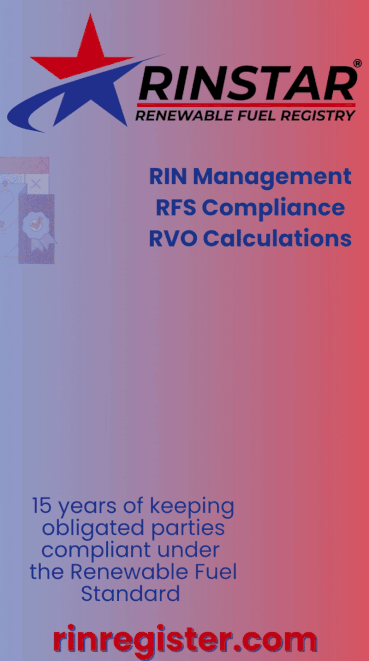US soy exports earn record $40.42 billion in marketing year 2021-’22
- United Soybean Board
- Jan 5, 2023
- 3 min read

Combined U.S. exports of whole soybeans, meal, and oil achieved a record value of $40.42 billion for the marketing year 2021-’22, up 17 percent year-on-year, according to a December press release issued by the United Soybean Board. Export volumes reached 71.79 million metric tons (MMT), the second highest on record, according to the USDA Economic Research Service and Foreign Agricultural Service.
While year-on-year exports value grew 17 percent and volume dipped 4 percent, long-term growth continued with value growing 50 percent and volumes up 6.3 percent on a five-year average. This reaffirms the success of USB’s strategic plan to create and promote the unique identity, value and versatility of U.S. soybeans and soy products.
“As farmers, we have a deep commitment and responsibility to nourish the world sustainability,” said Doug Winter, chairman of the U.S. Soybean Export Council, USB director and Illinois soybean farmer. “The 2021-’22 marketing year marks another successful year for the soy checkoff, with record-high value and the second-highest export volumes ever. This is largely attributable to the soy checkoff’s sustained investment and commitment to delivering solutions that create long-term value for all our stakeholders.”

Whole soybean export volumes at 58.72 MMT were 7.8 percent higher than the five-year average, with China, the EU and Mexico being the top three markets. Soybean meal export volumes at 12.69 MMT were 1.6 percent higher than the five-year average with Philippines, Mexico and Colombia being the top three markets. Soybean oil export volumes at 804,272 MT were 22.7 percent lower than the five-year average with India, South Korea and Mexico being the top three markets.
Marketing year 2021-’22 saw double-digit volume growth in emerging and expansion markets including Mexico (11 percent), Egypt (52 percent), Ecuador (23 percent), Venezuela (58 percent), Turkey (1,908 percent, post lifting of restrictions), Tunisia (44 percent), Algeria (204 percent), Nepal (15 percent) and India (184 percent).
A commitment to innovation, sustainability, service, collaboration, consistent investment and long-term impact ensured the soy checkoff continued to create value for all its stakeholders.
For example, in marketing year 2021-’22, USSEC, an organization ideated and supported by the American Soybean Association and United Soybean Board, launched the U.S. Soy Delivers Solutions marketing campaign in 14 languages to drive increased customer preference for U.S. soy’s advantages in the animal nutrition, aquaculture, oil and soyfoods sectors. USSEC leveraged soy-checkoff funding and scientific research findings that soybean meal derived from U.S. soybeans delivered the optimal nutritional bundle, better animal performance, and superior value versus soy of other origins. USSEC also launched the Soybean Value Calculator—an innovative tool that calculates the economic advantage of soy from various origins. In aquaculture, the In-Pond Raceway System continued to see uptake. In oil, the High Oleic Soy Sourcing Guide was launched, and the Specialty U.S. Soy Database saw rising usage.
As consumers, companies and countries seek increasing actions on sustainability and transparency, the U.S. Soy Sustainability Assurance Protocol was enhanced to enable customers to transfer SSAP certificates up to four times while keeping records of sustainable U.S. soy purchases and report progress on environmental, social and corporate governance (ESG) goals.
In marketing year 2021-’22, SSAP-verified shipments grew 42 percent year-on-year, touching record volumes of 40.25 MMT and constituting a record 58 percent of total U.S. soy exports. Additionally, the “Sustainable U.S. Soy” and “Fed with Sustainable U.S. Soy” labels saw increased adoption on more than 850 product packs.
Global poultry, pork and aquaculture consumption are forecast to grow 17.8 percent, 13.1 percent and 23 percent, respectively, by 2030. Global soyfoods per capita consumption grew 24 percent to 2.67 kilograms (kg) in 2020 from 2.16 kg in 2010.
As consumers, food companies and countries increase their focus on value, sustainability and transparency, U.S. soy is strongly positioned to meet global needs as a key source of sustainable protein.
U.S. soy is the United States’ No. 1 food and agricultural export. The U.S. is the world’s second-largest producer and exporter of soy.


































